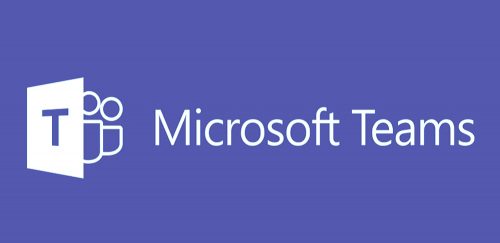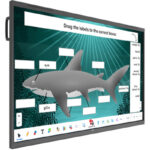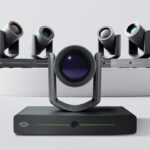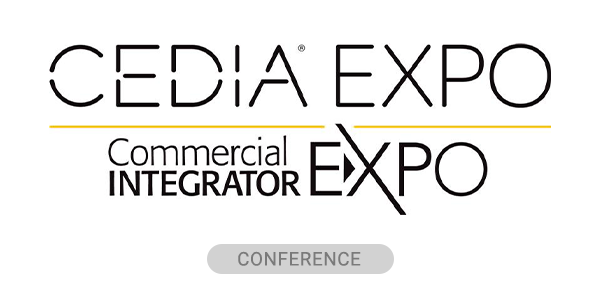Last week, Microsoft released a video and hybrid work guide for organizations using their flagship unified communications and collaboration platform Microsoft Teams and Microsoft Teams Rooms.
In a related LinkedIn post, the Redmond tech giant’s CEO Satya Nadella pointed to IT company Accenture, purportedly the largest enterprise user of Microsoft Teams, which has developed a virtual office experience in which employees can meet new colleagues in a mixed reality environment.
Accenture calls this experience “The Nth floor,” a mixed reality experience designed to help people interact with each other in person regardless of location. The company uses it to host virtual coffee breaks, to conduct training or host all-hands meetings.
The company’s concept has been around since at least last fall, when Jason Warnke, managing director of global IT and digital experiences for Accenture, penned a blog about the Nth Floor.
According to Warnke, the virtual space was initially built for the company’s Nanolabs conference to enable leaders of the businesses’ groups spread out over various geographic regions to collaborate. Users are able to collectively experience the space from a conference room or an Igloo room, an immersive space developed by the company Igloo Vision.
Users can wear a virtual reality helmet and “effectively teleport into the world,” Warnke wrote, and information can be presented via video, infused slick decks and more.
The great thing about virtual meeting spaces is their versatility—whether running an event to recruit students or onboard employees, showcasing new tech or hosting training or roadshows, the virtual environment can adapt to suit. One of our VR experts has been using the Nth Floor to host a virtual fireside chats every Tuesday for our people or clients and partners. He’s involved third-party experts in discussing topics like “challenges with virtual events,” and the “future of broadcasting in virtual reality” with lively Q&A session followed by professional networking.
I believe the future of meeting and working together is going to be a combination of physical and virtual events, with these extra places for folks to casually convene in a virtual setting. We’ve been thinking about how this broader approach can help the enterprise even more; for instance, by creating easy-to-use templates that enable business teams to quickly create their own spaces and experiences and design customized events.
With the improvements being made to virtual reality experiences, integrators should strive to bring more immersive technology to their collaboration installations. It can help alleviate videoconferencing fatigue and keep your customers happy with their investment.










